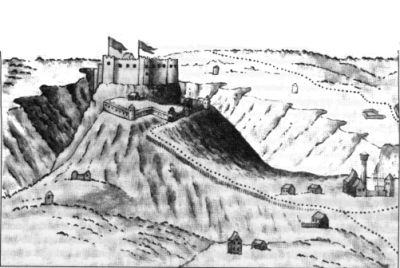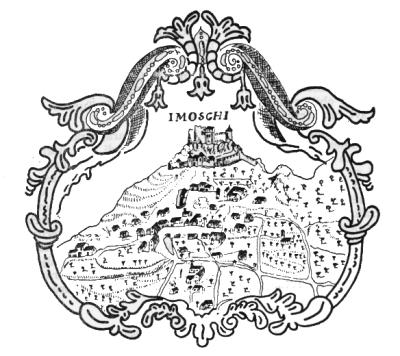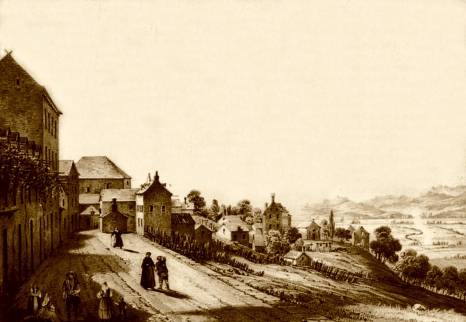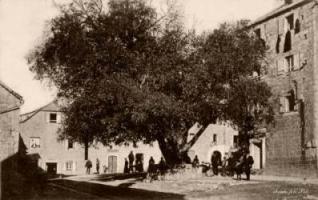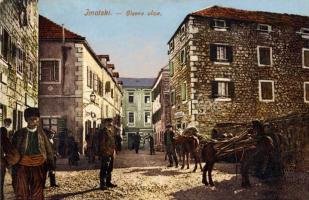| |
|||||||||||||
| |
|||||||||||||
| |
|||||||||||||
|
Imotski fortress also belonged to
Herzog Stephen of Santo Saba or Hrvoje Vukčić Hrvatinić at the
beginning of the 15th century. From 1435-1466 Hum was ruled by
Herzog Stjepan Vukčić Kosača. Kosača has
lived in Imotski old fortress which was repaired by
a man called Ljubomir. Wilkinson in his "Dalmacia and Montenegro" writes that:
"A stone was found in one of the walls with an inscription
recording
its restoration by Lubomir* who is supposed to have been a
Bosnian
prince, before the Turkish invasion". Stjepan's son Vladislav took the fortress from him in 1452 after a quarrel because of Stjepan's wild life. During the Turkish rule, starting in year 1493, the fortress was
renovated and served as an important military post. Imotski town was
a small town with approximately 130 houses according to Memibegović
description from 1624: "Imotski is a small town without walls,
the fortress with the town around could have about 130 houses,
together with few villages nearby near river Imotski, which enters
in a lake, all together around one thousand souls..."
After
the defeat of the Turks on August 2,
1717 the Venetians took
power and have installed their own administration, the trend that has
been followed for the next two hundred years by various rulers.
The fortress continued to have a military importance and had a military
commander living there. The Venetians have started building
the town shortly after the liberation. The parts of Imotski
between Topana
and Ante Starčević street and "Skalini" and Modro Jezero were formed
during that time. There are still
houses built during their rule to this day. There are few records preserved
from
those years, including the first maps drawn by Pietro Corir.
The first census, archived in Split dates from year 1744. "Stato del Anime di Borgo Imoschi", states that there were 18 houses with 82 souls, all living outside Topana fortress. Famous outlaw (hajduk) Stanko Sočivica chose Imotski to build a shop and house, house known as Ciciljani house, in 1745 after robbing his Turkish master in Trebinje region. The Venetians ruled Imotski for eighty years and were replaced by Austrians in 1797 after the former were defeated by Napoleon. Nine years later Napoleon was victorious in war with Austria. He conquered Dalmatia bringing long lasting changes. The first elementary school opened in Imotski 1807 and the health system was improved. To stimulate commerce the roads were improved. To this age people are fond of "Napoleon road" that runs parallel to mount Biokovo. 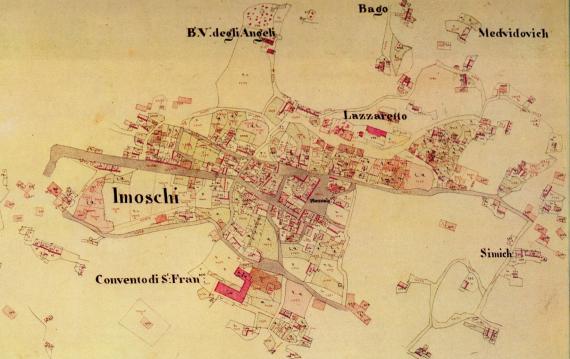 Austrians
again
took possession
of the Croatian lands in 1813 displacing the French. There were
many significant
changes during more than hundred years of second Austrian rule.
Imotski was fully formed during that time. The map of
Imotski
from 1835 shows fully formed older part of the town. The coat of
arms originates form the second half of the 19th
century. It was created after the People Party has defeated the
foreign rule oriented parties. Austrians
again
took possession
of the Croatian lands in 1813 displacing the French. There were
many significant
changes during more than hundred years of second Austrian rule.
Imotski was fully formed during that time. The map of
Imotski
from 1835 shows fully formed older part of the town. The coat of
arms originates form the second half of the 19th
century. It was created after the People Party has defeated the
foreign rule oriented parties. The church played very important role in the history of Imotski and Imotski County. The Franciscans came soon after the defeat of the Turks and contributed significantly toward the development of the town. The old St. Francis of Assisi church was built between 1727 - 1736. The campanile was added in 1850. The works on the new church have started in 1863, after it was decided that the old church was insufficient for the needs of the growing town and its nearby villages. It was completed in 1904. Red tiled roof was put in year 1890, in part determining the origin of one of the first Imotski panoramic photographs.
Under the Austrian rule the town got petroleum
lamps, canalization, and running water. A first hotel was
built by Dunda family. Even a brass orchestra and a public
reading room were founded in 1870. At
the beginning of the 20th century the
Austrians with Frantz Joseph
as a ruler left impact on Imotski architecture by building its Court
House, County House, High School, and the Modro Jezero
trails. The town continued to grow spreading towards east,
being blocked with the Modro Jezero on the west. The
Austrian occupation ended with the end of WW I, when the Kingdom of
Serbs, Croats, and Slovenes was formed. That proved to be
an unsuccessful experiment, but the town has experienced the continued
growth and development. After the WW II the communists came
on power, but even them were unable to keep Yugoslavia together.
After 1991, Imotski belongs to the state of Croatia, closing the full
circle after nine hundred years.
|
|||||||||||||
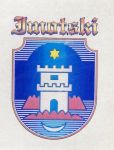 Imotski
town originates from
years 845-864 when the Imotski fortress
was built during Trpimir's rule of medieval Croatia. Zupania ta Hemotha, with it's fortress as a center can be
found in the
Byzantine Emperor Constantine Porphyrogenitus chronicle, "De
administrando imperio," written between 948-952 A.C. It is
unknown if the town existed outside the fortress walls at that time.
Imotski
town originates from
years 845-864 when the Imotski fortress
was built during Trpimir's rule of medieval Croatia. Zupania ta Hemotha, with it's fortress as a center can be
found in the
Byzantine Emperor Constantine Porphyrogenitus chronicle, "De
administrando imperio," written between 948-952 A.C. It is
unknown if the town existed outside the fortress walls at that time.